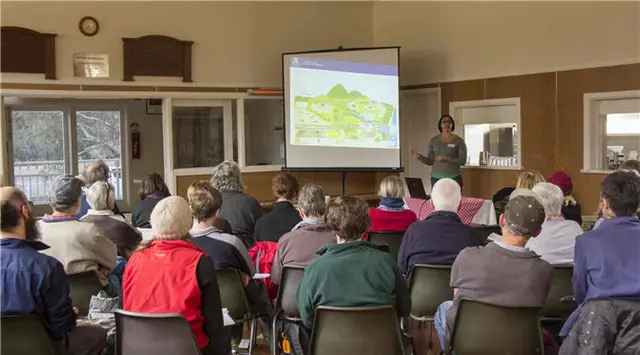Not enough is being done to support threatened species in Australia's urban areas, with cities home to almost five times the number of under-threat plants and animals than in rural regions, according to a leading Australian scientist.
A study conducted by Dr Pia Lentini from the University of Melbourne's School of Biosciences found that more conservation efforts need to happen in cities, as many current efforts are solely based in rural areas, meaning threatened species are often "forgotten" in urban regions.
In an interview with Xinhua on Friday, Lentini said that threatened species in cities were seen as "write-offs" and efforts were not being made to save them, despite urban areas being home to hundreds of at-risk plants and animals.
"The dominant thinking in conservation is that it is best served far away from cities and human influence, and if there's a threatened species there, it is kind of seen as a write-off anyway, " she told Xinhua.
"We'd like to emphasize that, firstly, there are threatened species in cities, and that what you do there makes a big difference."
She said threatened species were more likely to be found in urban areas in spite of cities, meaning urbanization and land development has forced many species of flora and fauna into an endangered status.
"We think a lot of these species are occurring in spite of the city being there, not because of the city being there. They're not thriving, they're hanging on," Lentini said on Friday.
"We found that specific points in cities will, on average, have about 10 threatened species, whereas specific points outside to cities will have about 2.7."
She said cities were inadvertently driving many plants and animals into extinction, and conservationists were hesitant to set up dedicated efforts in urban areas.
"What that tells us is what you do in cities, in terms of how you design your cities, can have a really big impact on threatened species conservation. We imagine this data can apply to other cities around the world as well," Lentini said.
"Humans tend to like to settle in the same places that species do naturally, where the soil is rich and where there is lots of fresh water."
"Also, by establishing a city, you are introducing a lot of threats. We will tear up natural habitats, lay down concrete, and introduce domestic pets - all these things are going to make the species that were there first threatened."
Lentini said that despite there being a much higher number of plant species in urban areas, they were often concentrated in one area on the city, meaning conservation efforts would have to focus on specific species in order to maintain healthy numbers.
She said that when compared with threatened animals - which are able to move around and away from cities, plant species required more effort to save as finding them was a lot harder than finding an animal.
"It becomes critical that we know where these plat species are and manage them well. Particularly in Melbourne there are a lot of threatened orchids and grass species," she said.
Knowing where they are and how to conserve them is really important."
There are currently not many urban conservation efforts taking place in Australia, something which Lentini hoped her study would change.
She said local plants and animals were being looked after by local councils, but they can't dedicate the hours necessary to finding and conserving a lot of the threatened species.
"There's definitely a lot of good work being done by local councils and catchment authorities, but knowing exactly where they are is half the challenge," Lentini said.
However, she said not to underestimate the good work being done in rural areas. She said the reason the number of threatened species in any one particular rural area was so low was because of the hard work being done to conserve numbers.
"Absolutely, large protected areas outside of cities have an important role to play, but so does the little things that we can do inside cities to protect the endangered species."
 简体中文
简体中文





